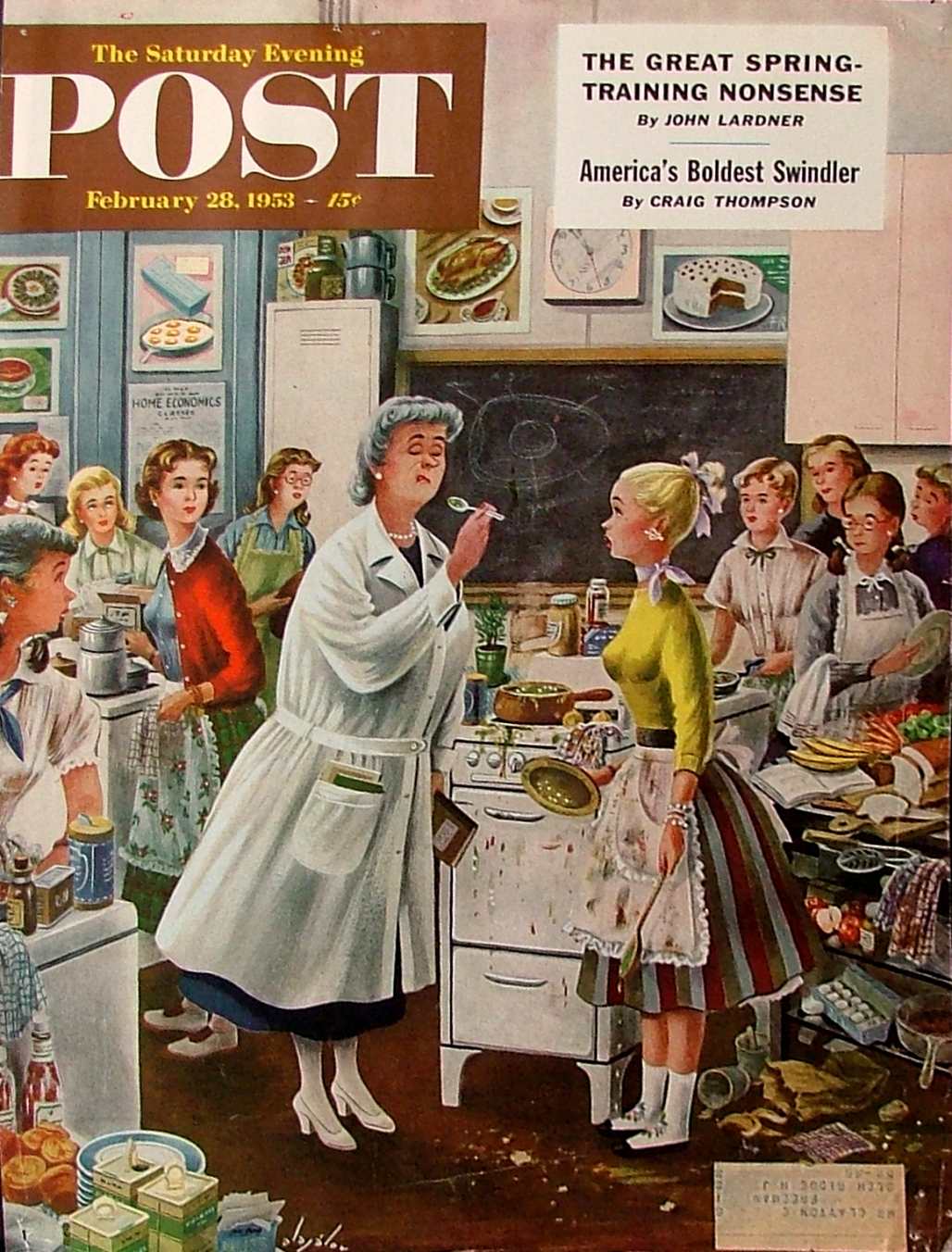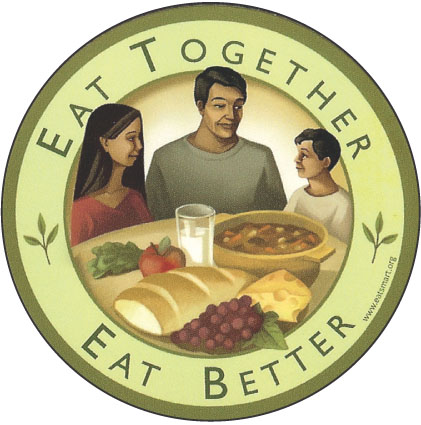Restore Home Economics to the Curriculum, Bring Back the American Family
 by Chappell Ellison
by Chappell Ellison
I was beyond lucky, coming from a home with a mother who cooked healthy, square meals for the entire family. But sadly, not every child has such a positive home life and only learns how to grab junk food rather than chop vegetables.
Home economics programs, much like art and music, are among the earliest victims when school districts attempt to stave off a budgetary crisis. Even if they aren’t cut from educational programs entirely, home economics is often underfunded. But just as young adults should be educated about the hazards of drugs, alcohol and sex, they should also have an understanding of healthy eating and home management — basic information that transcends gender, wealth and ethnicity.
My grandmother cooked her first soufflé in her home economics class. For my mother, a costume designer, it’s where she learned how to sew. But by the time I made it to high school, home economics was an ancient relic that took place in a dusty classroom where social misfits learned to make queso from Velveeta.
Home economics has a lot to fight against in our school systems: limited budgets, gender stereotyping, and a huge uncoolness factor. Despite such obstacles, does home economics still have a necessary societal value? In a recent post on the Smithsonian’s blog, Jesse Rhodes argues that home ec classes might be a key in fighting obesity and a reexamination of what it means to live resourcefully. With today’s shaky economy and grocery stores that have become caloric minefields, a revamped home economics program is needed more than ever.
Home economics began as a reaction to a change in shopping habits. “By the late nineteenth century, American women had become consumers rather than producers of many household items, including food and clothing,” reports Cornell on the history of home economics. “As a result, home economists… promoted the idea that women needed to be educated about purchasing decisions.” At first, home economics classes provided invaluable information about health and hygiene. But by the 1960s, these principles were no longer the basis of an innovative classroom.
Outdated and stale, home ec became the antiquated, gender-stereotyped program barely scraping by in most American schools today. ”My first brush with home economics, as a seventh grader in a North Carolina public school two decades ago, was grim,” wrote Helen Zoe Veit in an op-ed for The New York Times. “The most sophisticated cooking we did was opening a can of pre-made biscuit dough, sticking our thumbs in the center of each raw biscuit to make a hole, and then handing them over to the teacher, who dipped them in hot grease to make doughnuts.”

 by Chappell Ellison
by Chappell Ellison

